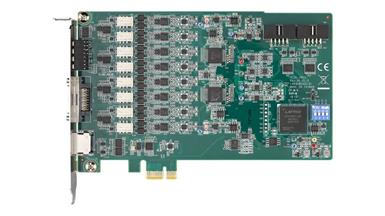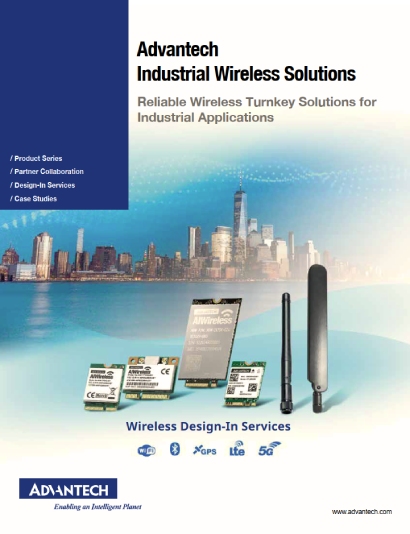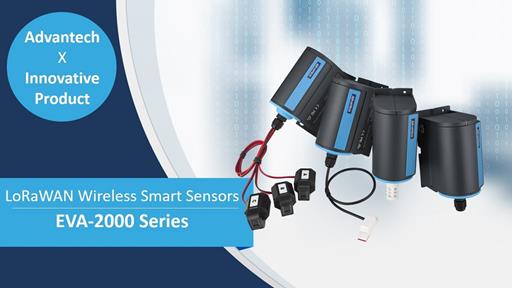-
Productos
Embedded Computing
- AIoT Software, Distribution & Services
- Application Focus Embedded Solutions
- Arm-Based Computing Platforms
- Computer On Modules
- Digital Signage Players
- Edge AI & Intelligence Solutions
- Embedded PCs
- Embedded Single Board Computers
- Fanless Embedded Computers
- Gaming Platform Solutions
- Industrial Display Systems
- Industrial Flash & Memory Solutions
- Industrial Motherboards
- Industrial Wireless Solutions
- Wireless ePaper Display Solutions
Applied Computing (Design & Manufacturing Service)
Industrial Automation & I/O
- Automation Controllers & I/O
- Certified Solutions
- Class I, Division 2 Solution
- Data Acquisition (DAQ)
- Embedded Automation Computers
- Gateways & Remote Terminal Units (RTUs)
- Human Machine Interfaces
- Motion Control
- Panel PC
- Power & Energy
- Remote I/O
- WebAccess Software & Edge SRP
- Wireless I/O & Sensors
Intelligent Connectivity
Intelligent Systems
- Box IPC
- CPCI & VPX
- Industrial Computer Peripherals
- Industrial GPU Solutions
- Industrial Motherboards & Slot SBC
- Intelligent Transportation Systems
- Modular IPC
- Rackmount IPC
Cloud, Networking & Servers
- Industrial, Telecom and Cloud Servers
- Network Interface & Acceleration Cards
- Network Security Appliances
- SD-WAN & uCPE Platforms
- WISE-STACK Private Cloud
Computer Vision & Video Solution
Intelligent Healthcare
- Carros de Enfermería Computarizados
- Computadoras Médicas
- Pantallas Médicas
- Sistemas Inteligentes de Energía
- Terminales de Info-Entretenimiento para Cuidado de
Intelligent Mobile Solutions & Logistics
Intelligent City Services & Retail
- All-in-One Touch Computers & Kiosks
- iCity Service & iRetail Solution
- POS & Tablets
- Signage & Edge Computers
Industrial Mounting (Stands/Arms/Workstations)
-
Soluciones
Soluciones
- Servicios
-
Socios
Business Alliance Partner
- Soporte
- Corporativo
- Contactarnos
Visit the Advantech Global website, or choose your country or region below.
Africa & Middle East
MyAdvantech Registration
Recursos
In the Resources section, you can catch up on information about industrial news, insights, and the latest technology from Advantech's point of view.
-
Porfavor, no seleccione más de 7 criterios de filtro
No matches found with your selected filters.
Please try again by resetting and choose other criteria.
¿Como podemos ayudarte?
About Advantech
Recursos
Soluciones
- Soluciones Embebidas y servicio de rediseño
- Energía y Servicios
- iFactory - Fábricas inteligentes
- iHealthcare
- iLogistics
- Servidores industriales para Telecomunicaciones
- Fabricación de Equipos Industriales
- Sistemas de transporte inteligente
- Servicios y soluciones de inteligencia de borde de IoT
- iRetail
- Soluciones de vídeo
- Design & Manufacturing Services
¡Podemos apoyarte!
¿Has tenido algún problema o duda? Cuéntamos y buscaremos la forma de ayudarte.
- © 1983-2024 Advantech Co., Ltd.
- Site Map
- Política de privacidad
- Do Not Sell My Personal Information
.jpg)










